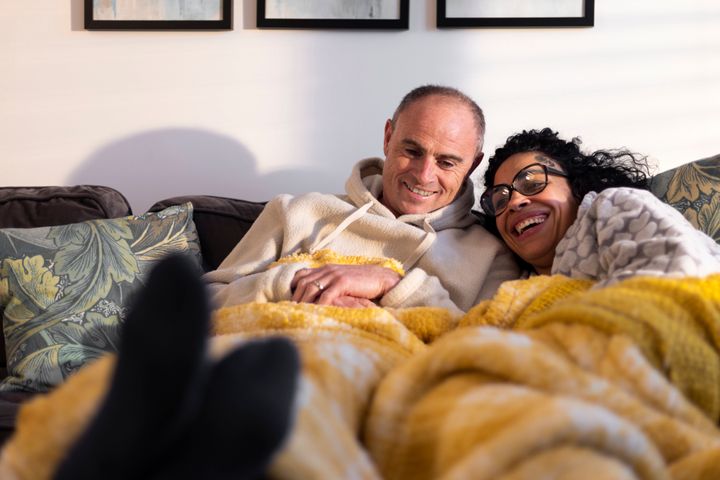
We’ve written before about which heating hacks NOT to follow as the weather turns colder (please, please don’t put tinfoil on your radiator).
But as temperatures start to plummet and energy prices remain high, are there ways we can keep our homes warmer for longer, without having to resort to having the heating on a lot?
Expensive energy bills are bad news for most of us as we head into winter – which is why the pros at Utility Bidder have suggested four relatively low-fuss ways to keep your home toasty this autumn.
1. Use daylight to your advantage
You might have noticed that, even though we’re leaving summer, the UK is still getting a pretty impressive amount of sunlight in the daytime.
Experts recommend leaving your curtains and blinds open during the day to ensure every last available ray hits your rooms – this small change can offer humble, but noticeable, warmth in the autumn.
2. Be savvy about your furniture placement
It sounds basic, but you’d be amazed by how many of us (ahem, me included) place large, bulky items in front of our radiators.
This is a waste of energy, as the heat simply makes its way into the furniture instead of circulating around the room (don’t mind me, just nudging my sofa around).
3. While we’re on the topic, place curtains behind your radiator
The experts at Utility Bidder warn “it’s important to not allow the curtains to cover the radiator, as this will direct the heat towards the window.”
Instead, placing your curtains behind your radiator will help to distribute the heat across the room.
4. Banish drafts
Look, sometimes your nan is onto something: draught excluders can make a huge difference. And “don’t forget about pet flaps and letter boxes,” the experts say. “If you can, fixing your letter box so that any drafts can’t enter the home will have a big impact.”
James Longley, managing director, at Utility Bidder, said it’s also worth checking your gas and heating systems ahead of the colder months and getting any servicing that is required booked in.
“The use of a thermostat is also important, and the temperature should always be kept at least between 10°C to 15°C to avoid frozen pipes in the coldest spells – especially if you are away from the property,” he added.
Now, if you don’t mind, I’m off to reorganise my living room...